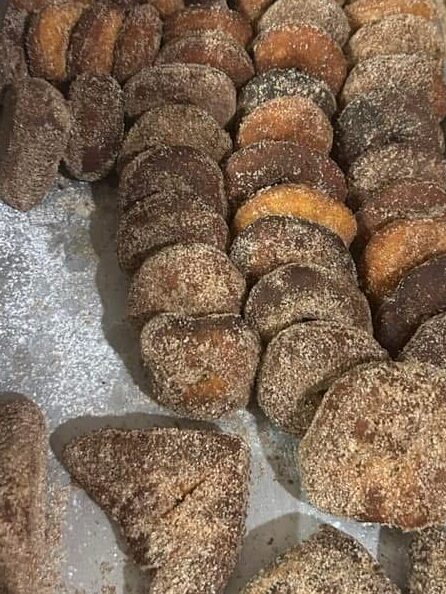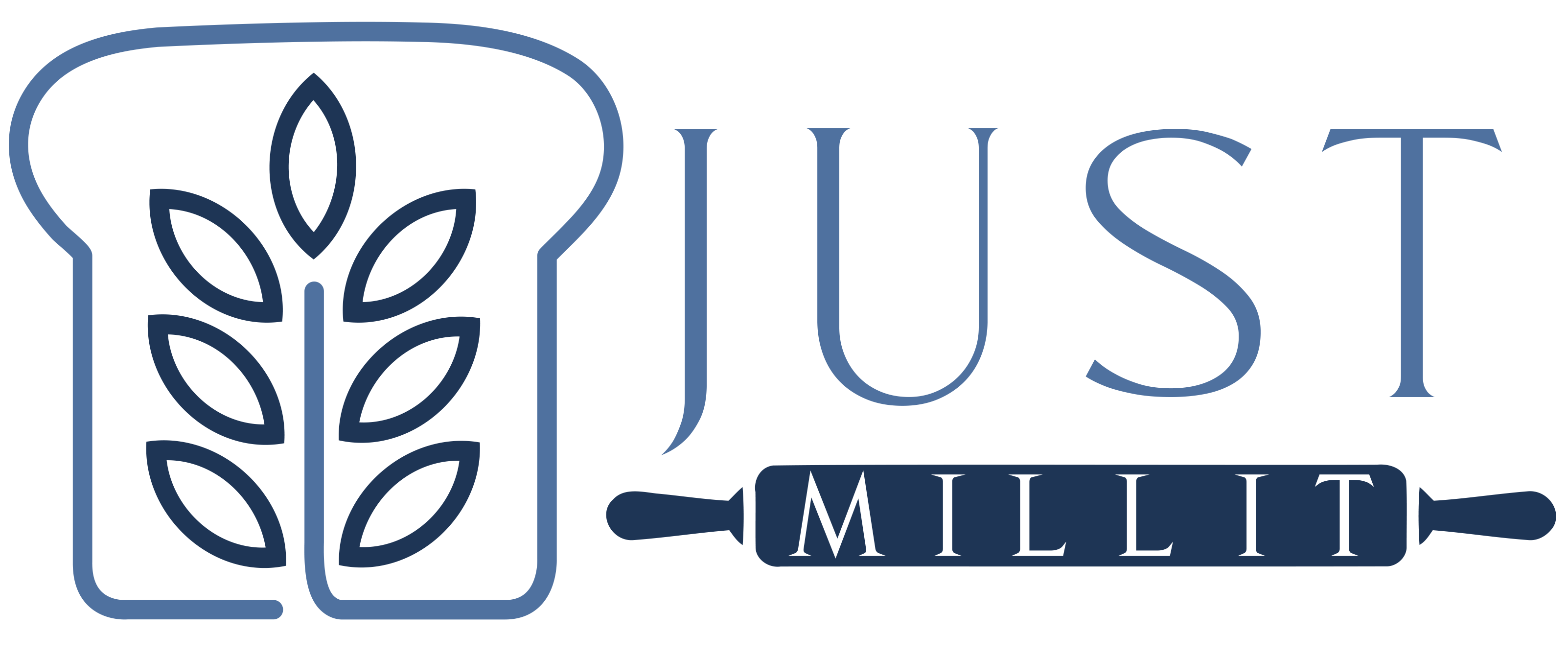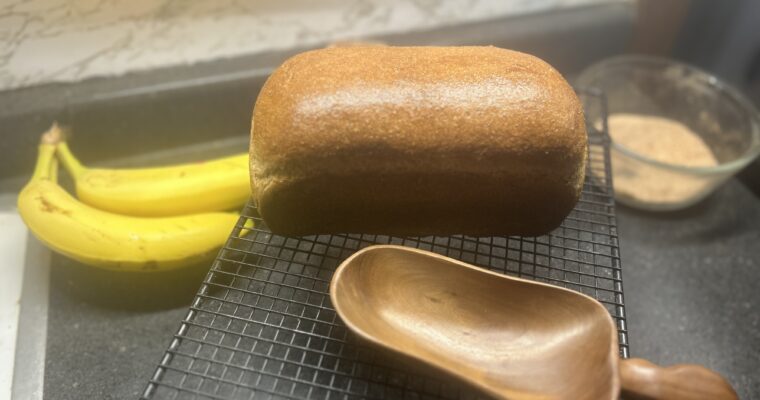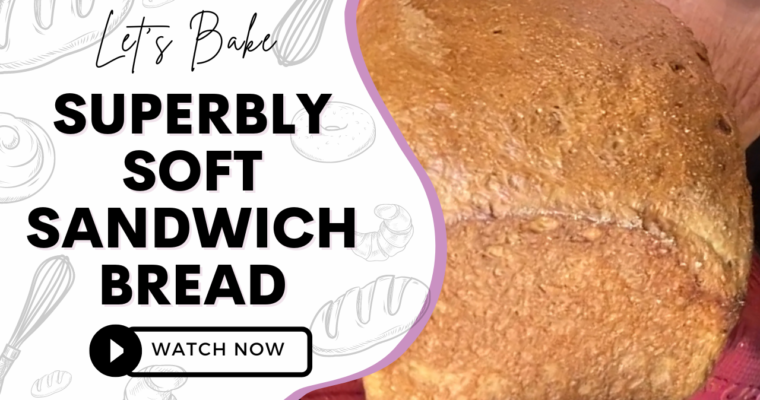
In my area of Pennsylvania, the Tuesday before Lent is known as “Fasnacht Day”. Traditionally, it was a way to use up all the fat and sugar before a time of fasting. Remember how I’ve mentioned before that in the old days, their daily bread didn’t have fat and sugar it in? The daily bread was LEAN, meaning it did not have added eggs, fat, milk or sugar. Those styles of bread, known as rich or enriched breads, were for special occasions such as this. If you’re lucky, you might even experience the joy of freshly milled Fasnachts on this special day.
What Makes a Fasnacht?
First of all, fasnachts are made using milk instead of water. They also add mashed potatoes for their ability to make a super soft dough. They also have butter, egg and sugar – a double dose of sugar. It’s not uncommon for some to incorporate freshly milled grains for a unique flavor.
To Fry or Not to Fry
These are not cake donuts, my friends, so baking these is out of the question. Fasnachts are fried, traditionally in lard or tallow – whatever rendered fat on hand back then. If you want to fry these in another type of fat, you do you. I won’t judge. Frying them especially adds to the unique texture of freshly milled Fasnachts.
Fasnacht Recipe
If you don’t have the bread base, you can download it below. This will be the starting point to create your own version of freshly milled Fasnachts.
Changes Detailed
- Grains: consider using soft wheat for 50 – 100 grams for a more tender crumb
- Liquid: drop it to 320 grams and use whole milk for added fat
- Yudane: replace it with 1 cup of mashed potatoes (what is yudane?)
Add:
- 1 egg
- 50 grams of butter
- 100 grams of sugar
- 1/8 tsp barley malt powder (optional)
Mixing
We will first knead all ingredients except the yeast, salt, and butter (which should be softened). If you would like to let this dough rest for 15-30 minutes before adding the salt and yeast and kneading again, you can. It is encouraged for mixers with a motor below the bowl and for mixers that get too hot from extended kneading. Finally, add the butter and knead until it is fully incorporated and the dough cleans the bowl. It should look smooth and shiny and pass the windowpane test.
The First Rise
Many times I skip the first rise, but this isn’t one of them. Due to the added liquid from the egg, butter, and mashed potatoes we will use the first rise to help the flour soak up all the liquid and develop flavor, making your freshly milled Fasnachts truly special.
Shaping the Fasnachts
In order to properly cook these, you’ll want to roll the dough thinner than you would think, since they will expand when being fried and take longer to cook the thicker the dough. I would aim for 1 cm to 1/2 inch thick to ensure your freshly milled Fasnachts are perfectly cooked.
Frying Details
You’ll want your frying oil to be in the 400-425 degree range so the outside is sealed and doesn’t soak up all the oil. We also want it to be cooked all the way through without burning them, so rolling thinner is key.
Coating Fasnachts
Some people prefer their Fasnachts plain, with no added sugar, but most folks enjoy them coated in sugar, cinnamon sugar, or even dusted with powdered sugar. If you prefer a double dose of sugar, put 1/2 cup of sugar into a bowl wide enough for your Fasnacht to fit, and after removing from the fryer toss it in the sugar before setting it on a rack to cool.
For a cinnamon sugar mixture, add 1 tbsp of cinnamon to the sugar and mix throughly to coat your freshly milled Fasnachts.
In a Nutshell
Fasnachts are just an enriched bread dough, fried instead of baked and coated with sugar, often best enjoyed as freshly milled Fasnachts.
You might enjoy…
Get Creative!
I hope the base recipe and method, along with many ideas for how to change things up and not get bored inspire you. Please try new things, and share your successes, learning, and more with others.
Join our Community
Ready to ditch recipes and learn more about baking with fresh milled flour using methods and your imagination? Join my Fresh milled Flour Methods group. You can ask questions, share your wins, and more with an expectation of honesty and friendly interaction. I hear it’s the best place to be on Facebook!



